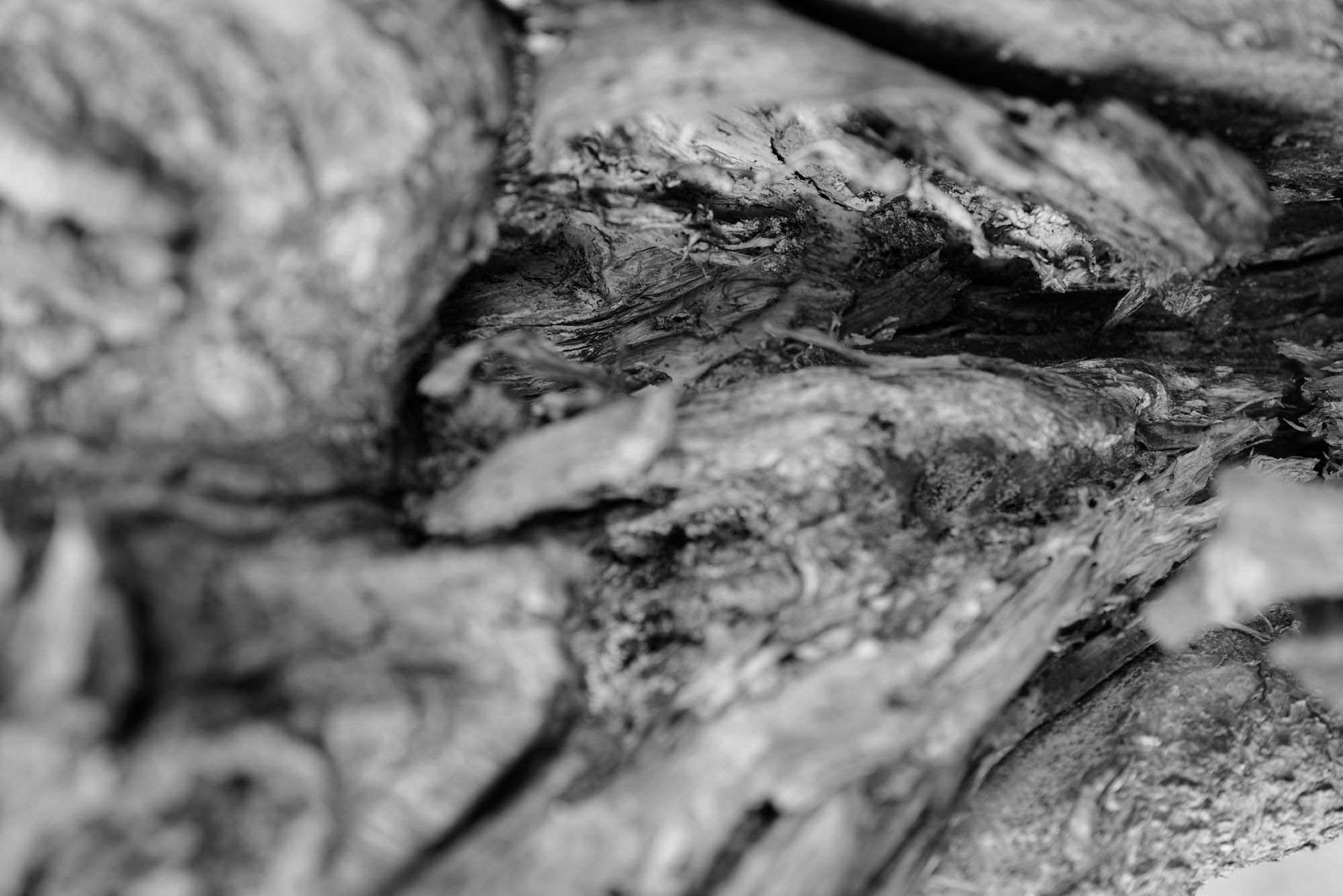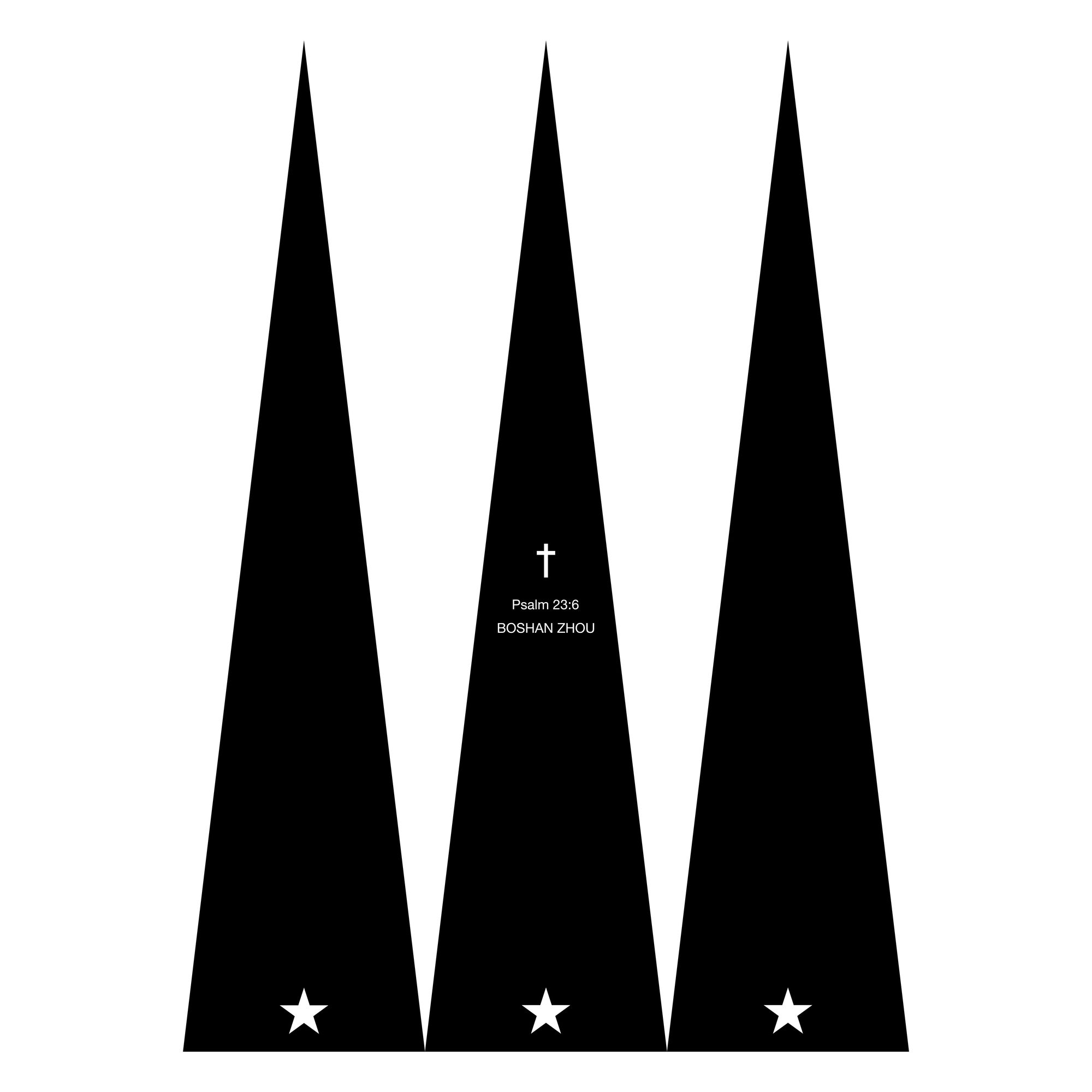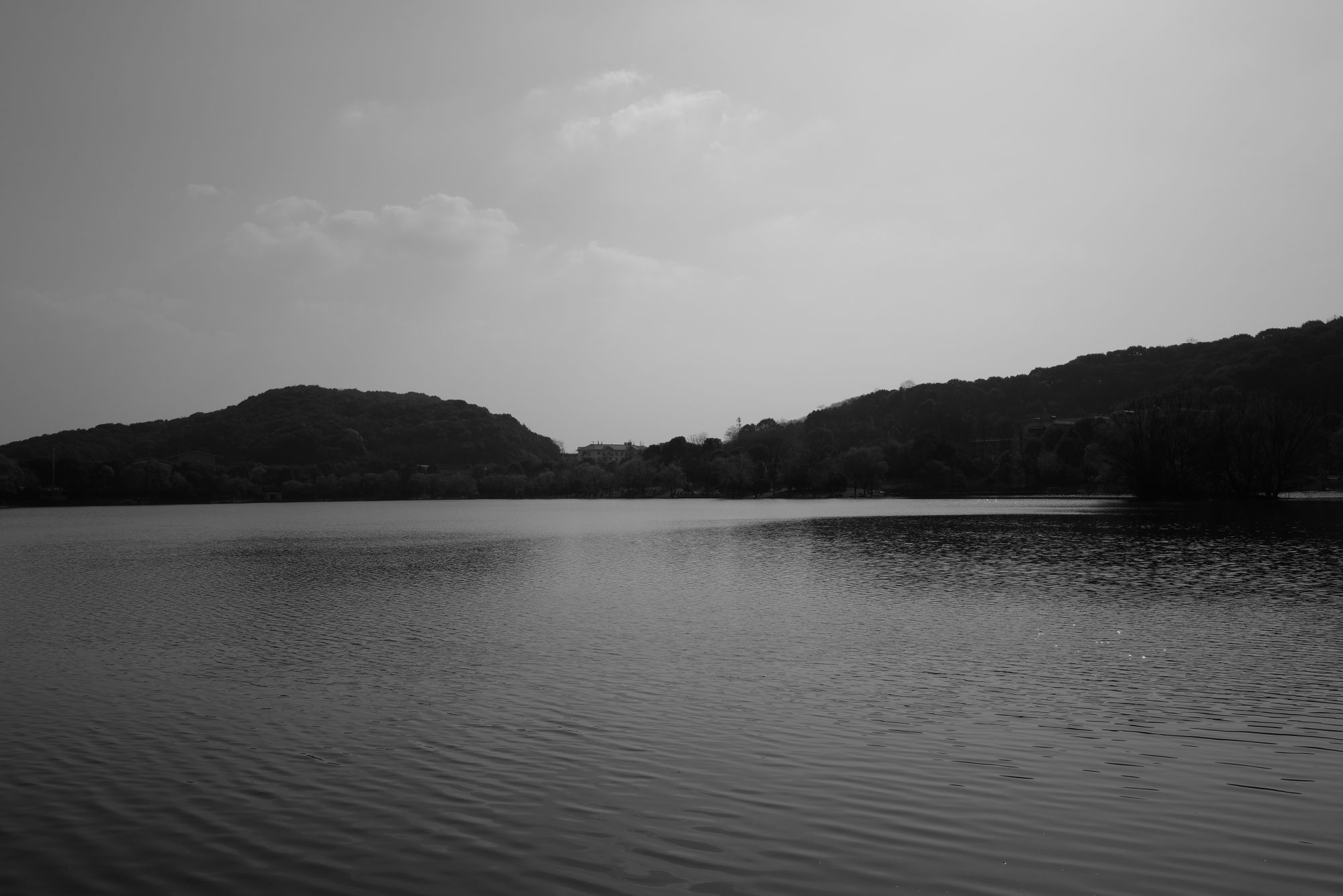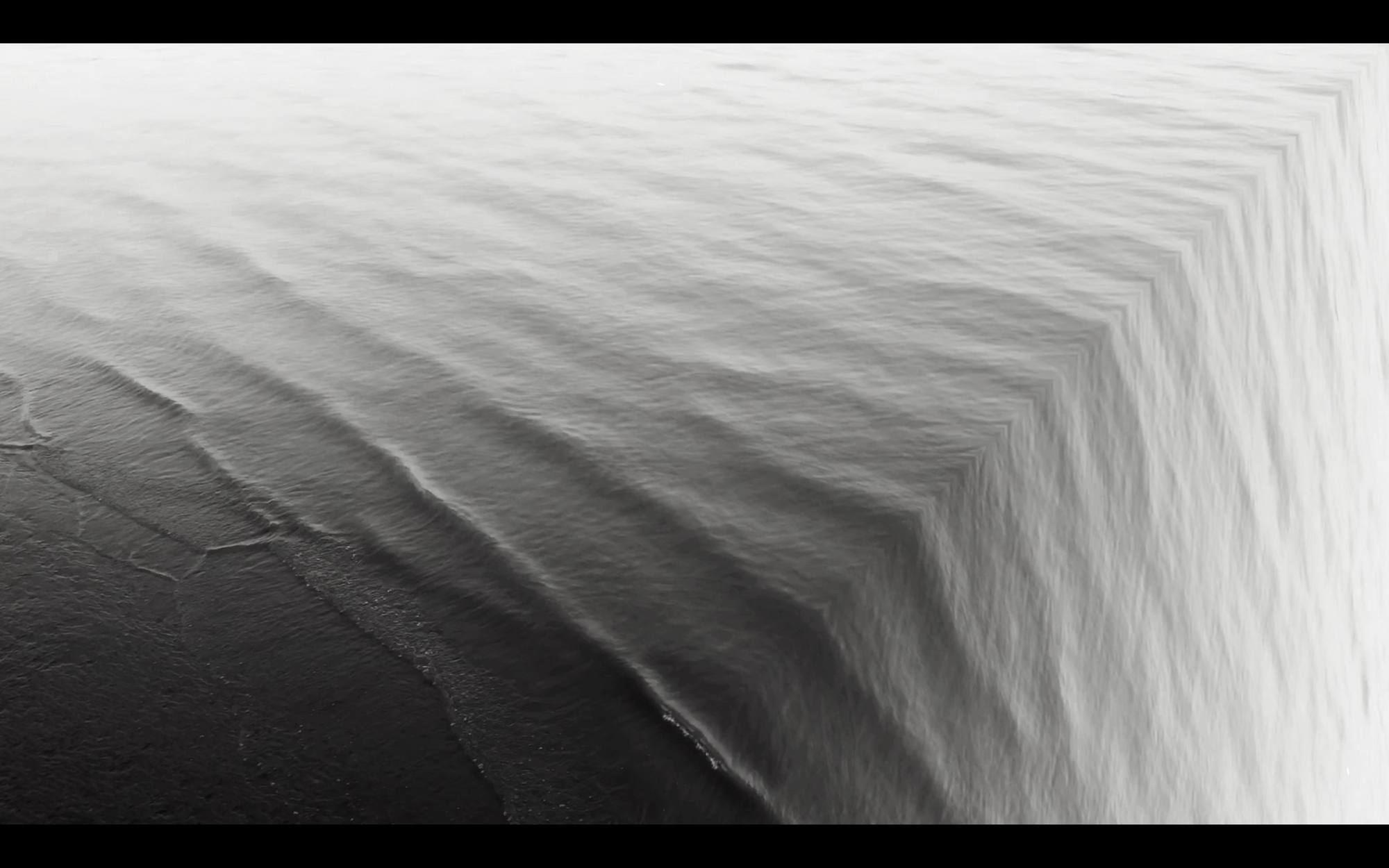标题:Genesis 10
年份:2020
尺寸:47.28 x 70.85 cm
Title: Genesis 10
Year: 2020
Dimension: 47.28 x 70.85 cm

「Genesis」系列作品,一共五十幅,对应《圣经》创世纪的五十章。
The "Genesis" series consists of 50 works, corresponding to the 50 chapters of the Bible's Genesis.
10 / 50.
10:1 以下是挪亚的儿子闪、含、雅弗的后代。洪水以后,他们都生了儿子。10:2 雅弗的儿子是歌篾、玛各、玛代、雅完、土巴、米设、提拉。10:3 歌篾的儿子是亚实基拿、利法、陀迦玛。10:4 雅完的儿子是以利沙、他施,基提人和多单人。10:5 这些人的后裔分散居住在沿海的土地和岛屿上。各人随着自己的方言、宗族,住在自己的国土中。10:6 含的儿子是古实、埃及、弗和迦南。10:7 古实的儿子是西巴、哈腓拉、撒弗他、拉玛和撒弗提迦。拉玛的儿子是示巴和底但。10:8 古实又生宁录;宁录是世上第一位英雄。10:9 他在耶和华面前是个英勇的猎人;因此有句俗语说:“就像宁录一样,在耶和华面前是个英勇的猎人。”10:10 他开始建国是在示拿地的巴别、以力、亚甲和甲尼。10:11 他从那地出来,到亚述去,建造了尼尼微、利河伯城、迦拉,10:12 和尼尼微与迦拉之间的利鲜,就是那大城。10:13 埃及生路低人,亚拿米人、利哈比人、拿弗土希人、10:14 帕斯鲁细人、迦斯路希人和迦斐托人;从迦斐托出来的有非利士人。10:15 迦南生了长子西顿,又生赫,10:16 以及耶布斯人、亚摩利人、革迦撒人、10:17 希未人、亚基人、西尼人、10:18 亚瓦底人、洗玛利人、哈马人,后来迦南人的宗族分散了。10:19 迦南人的境界是从西顿伸向基拉耳,直到迦萨;又伸向所多玛、蛾摩拉、押玛、洗扁,直到拉沙。10:20 这些人都是含的子孙,随着自己的宗族、方言,住在自己的国土中。10:21 雅弗的哥哥闪,就是希伯所有子孙的祖宗,他也生了孩子。10:22 闪的儿子是以拦、亚述、亚法撒、路德和亚兰。10:23 亚兰的儿子是乌斯、户勒、基帖、玛施。10:24 亚法撒生沙拉,沙拉生希伯。10:25 希伯生了两个儿子,一个名叫法勒,因为他在世的时候,世人就分散了;法勒的兄弟名叫约坍。10:26 约坍生亚摩答、沙列、哈萨玛非、耶拉、10:27 哈多兰、乌萨、德拉、10:28 俄巴路、亚比玛利、示巴、10:29 阿斐、哈腓拉、约巴,这些人都是约坍的儿子。10:30 他们居住的地方,是从米沙伸向西发,直到东边的山地。10:31 这都是闪的子孙,随着自己的宗族、方言,住在自己的国土中。10:32 这些宗族都是挪亚的子孙,按着他们的族系住在列国中。洪水以后,地上的列国都是从这些宗族分出来的。
创世记 10
10:1 This is the account of Shem, Ham and Japheth, Noah’s sons, who themselves had sons after the flood.10:2 The sons(Sons may mean descendants or successors or nations; also in verses 3, 4, 6, 7, 20-23, 29 and 31.) of Japheth: Gomer, Magog, Madai, Javan, Tubal, Meshek and Tiras.10:3 The sons of Gomer: Ashkenaz, Riphath and Togarmah.10:4 The sons of Javan: Elishah, Tarshish, the Kittites and the Rodanites.(Some manuscripts of the Masoretic Text and Samaritan Pentateuch (see also Septuagint and 1 Chron. 1:7); most manuscripts of the Masoretic Text Dodanites)10:5 (From these the maritime peoples spread out into their territories by their clans within their nations, each with its own language.)10:6 The sons of Ham: Cush, Egypt, Put and Canaan.10:7 The sons of Cush: Seba, Havilah, Sabtah, Raamah and Sabteka. The sons of Raamah: Sheba and Dedan.10:8 Cush was the father(Father may mean ancestor or predecessor or founder; also in verses 13, 15, 24 and 26.) of Nimrod, who became a mighty warrior on the earth.10:9 He was a mighty hunter before the Lord; that is why it is said, “Like Nimrod, a mighty hunter before the Lord.”10:10 The first centers of his kingdom were Babylon, Uruk, Akkad and Kalneh, in(Or Uruk and Akkad—all of them in) Shinar.(That is, Babylonia)10:11 From that land he went to Assyria, where he built Nineveh, Rehoboth Ir,(Or Nineveh with its city squares) Calah10:12 and Resen, which is between Nineveh and Calah—which is the great city.10:13 Egypt was the father of the Ludites, Anamites, Lehabites, Naphtuhites,10:14 Pathrusites, Kasluhites (from whom the Philistines came) and Caphtorites.10:15 Canaan was the father of Sidon his firstborn,(Or of the Sidonians, the foremost) and of the Hittites,10:16 Jebusites, Amorites, Girgashites,10:17 Hivites, Arkites, Sinites,10:18 Arvadites, Zemarites and Hamathites. Later the Canaanite clans scattered10:19 and the borders of Canaan reached from Sidon toward Gerar as far as Gaza, and then toward Sodom, Gomorrah, Admah and Zeboyim, as far as Lasha.10:20 These are the sons of Ham by their clans and languages, in their territories and nations.10:21 Sons were also born to Shem, whose older brother was(Or Shem, the older brother of) Japheth; Shem was the ancestor of all the sons of Eber.10:22 The sons of Shem: Elam, Ashur, Arphaxad, Lud and Aram.10:23 The sons of Aram: Uz, Hul, Gether and Meshek.(See Septuagint and 1 Chron. 1:17; Hebrew Mash.)10:24 Arphaxad was the father of(Hebrew; Septuagint father of Cainan, and Cainan was the father of) Shelah, and Shelah the father of Eber.10:25 Two sons were born to Eber: One was named Peleg,(Peleg means division.) because in his time the earth was divided; his brother was named Joktan.10:26 Joktan was the father of Almodad, Sheleph, Hazarmaveth, Jerah,10:27 Hadoram, Uzal, Diklah,10:28 Obal, Abimael, Sheba,10:29 Ophir, Havilah and Jobab. All these were sons of Joktan.10:30 The region where they lived stretched from Mesha toward Sephar, in the eastern hill country.10:31 These are the sons of Shem by their clans and languages, in their territories and nations.10:32 These are the clans of Noah’s sons, according to their lines of descent, within their nations. From these the nations spread out over the earth after the flood.
Genesis 10
在科学可以近乎解释一切的这个时代,我们已经倾向于习惯这个世界发生的一切和周围的一切,无论它有多不可思议,甚至习以为常到不再思考它的不可思议性。
宇宙为何以及如何诞生?为何宇宙大爆炸有一个从无到有的“开始”?为何生命会从“无”诞生到“有”?为何会有复杂、精密的生命的存在?为什么人体内的 DNA 和细胞像微观世界一样复杂而精确,却以高度有序的方式完成其工作,就像被设计和编程的另一个宇宙一样?
无论是哈雷彗星的椭圆运行轨道,笛卡尔浪漫的心形函数,人体曼妙的黄金分割,天空飘零的六边雪花,甚至一片落叶飘落,都是一段美妙的函数方程。大如宇宙,小如雪花,都能在这些公式之中看到神性的秩序。
爆炸带来的皆是毁灭。最初,什么都没有,“大爆炸”却产生了时间、物质和空间,没有逐步的生成,没有过渡的形态,只是一种二元翻转,从“不存在”到“存在”。宇宙复杂且广阔,却能用高度有序的数学公式来描述,诞生了秩序甚至生命。仅凭这一点就令人难以置信,足以使人们终生寻求真理。
“存在可以从不存在而来”的这种“自然发生论”观念的证据何在?怎么从非生命体获得生命?为何我们还是不知道如何切实地从死物质创造出生命,却坦然地默认生命可以从非生命诞生?
宇宙背后的真理如此令人惊叹又神秘,生命是如此不可思议,我们却如此地习以为常,甚至不再感叹这一切的神奇。
「自从造天地以来,神的永能和神性是明明可知的,虽是眼不能见,但藉着所造之物就可以晓得,叫人无可推诿。」罗马书 1:20
“科学的尽头是神学。” 我认为,尽管科学有其局限性,而神学提供了答案,但神学并不是要解释科学的不足,仅靠科学也无法触及神学的核心。然而,科学和神学并非对立面,也并不妨碍我们在探索求知的路上保留着一颗敬畏之心。
「诸天述说神的荣耀,穹苍传扬祂的手段。」诗篇 19:1
大自然的壮丽景色,很容易让人心生敬畏,但是我发现即便日常最被人忽视的细微之景,也是“穹苍”的一部分。从“大”可以很自然地想到“大”,但如果从“小”也能看到“大”,“大”则更显荣耀。
在这个系列,我不是在试图回答上述问题或者阐述我对上述问题的世界观和立场,我只是在一些我们习以为常甚至忽略的细微场景中看到了“创造者”留下的“痕迹”和“威严”。
因此,我制定了一条规则:试图通过被忽视的日常细微之景,从敬畏和好奇中看到“大”与“小”之间的关系,以小尺度为窗口,探索和思考宇宙,生命,永恒与创造之间的关系。
In an era where science can nearly explain everything, we have become accustomed to everything that happens in this world and everything around us, no matter how incredible it is, or even accustomed to stop thinking about its incredibility.
Why and how did the universe come from? Why does the universe's big bang have a "start" from nothing? Why is life born from "nothing" to "life"? Why is there complex, sophisticated creatures? Why is the DNA and cells in our body as complex and precise as a microcosm, but complete its work in a highly orderly manner, just like another universe designed and programmed?
Whether it is the elliptical orbit of Comet Halley, the romantic heart-shaped function of Descartes, the graceful golden section of the human body, the Six-sided snowflake falling from the sky, or even a leaf falling, all are wonderful function equations. As big as the universe and as small as snowflakes, divine order can be seen in these formulas.
The explosion brought about destruction. Originally, there was nothing, but the "Big Bang" produced time, matter, and space. There was no gradual development, no transitional forms, but a binary flip, from "non-existence" to "existence." The universe is complex and vast, but it can be described by highly ordered mathematical formulas, gave birth to order and even life. This alone is unbelievable enough to let people explore the truth throughout their lives.
What is the evidence for the "abiogenesis", which is "something can come from nothing"? How to get life from non-life? Why do we still not know how to actually create life from dead stuff, but frankly assume that life can be born from non-life?
The truth behind the universe is so incredible and mysterious, life is so incredible, we are so accustomed to it, we are no longer lamenting the incredibility of all this.
"For since the creation of the world God’s invisible qualities—his eternal power and divine nature—have been clearly seen, being understood from what has been made, so that people are without excuse." Romans 1:20
"The end of science is theology." I believe that although science has its limitations and theology provides the answer, theology is not to explain the deficiency of science, and science alone cannot reach the core of theology. However, science and theology are not opposites, and they do not prevent us from remaining awed on the road to exploring knowledge.
"The heavens declare the glory of God; the skies proclaim the work of his hands." Psalm 19:1
The magnificent scenery of nature can easily make people awe-inspiring, but I find that even the most slight sceneries that are most overlooked in daily life are also part of the "skies". You can think of "big" naturally from "big", but if you can also see "big" from "small", "big" is even more glorious.
In this series, I am not trying to answer the above questions or to express my views and positions on the above questions. I just saw the "traces" and "majesty" left by the "creator" in some slight scenes that we are accustomed to and even ignore.
Therefore, I created a rule: trying to see "big" from "small" - with awe and curiosity, through daily neglected slight scenes, with “small scale” as the window, to explore and think about the relationship between the universe, life, eternity and creation.
- Boshan Zhou
版权所有,未经许可,请勿擅自使用此图,侵权必究。
All rights reserved; those responsible for unauthorized usage and reproduction will be prosecuted.
©️ Boshan Zhou.


